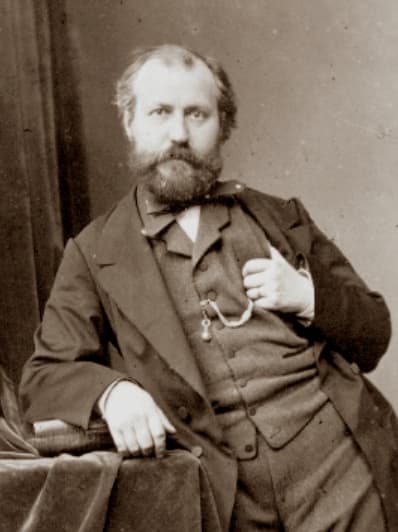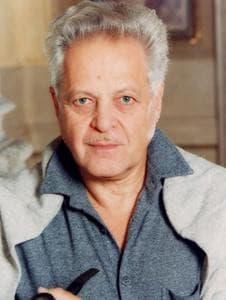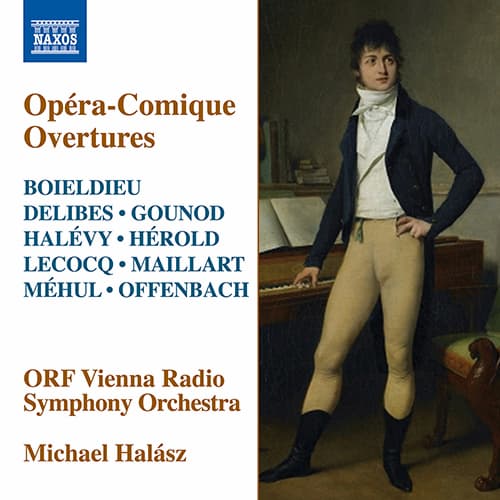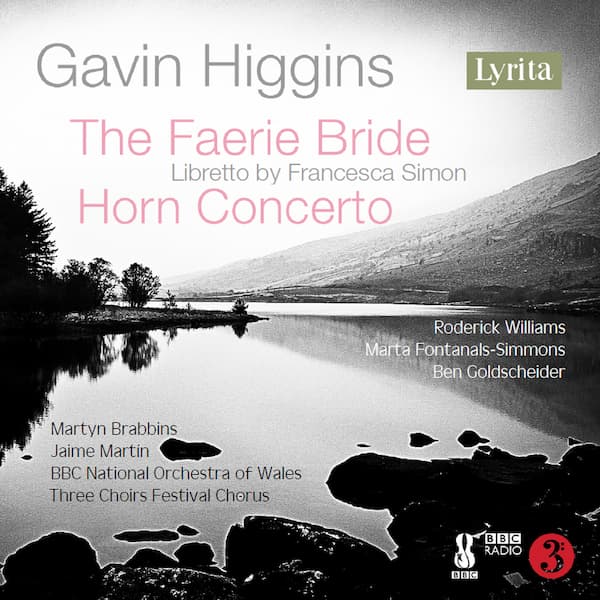Set in Bohemia in the 11th century, The Bloody Nun is full of feuding families, escaping lovers, accidental eloping by the hero with the ghost of the title, and the real bride’s father revealed as the ghost’s kills, in short, all the elements of a purely Gothic story. The libretto was written by Eugéne Scribe and Germain Delavigne after Matthew Gregory Lewis’ 1796 Gothic novel The Monk. Lewis’ novel, published when he was only 19, had a plot of horror that was convoluted and scandalous. The book ended up being one of the most important Gothic novels of the late 19th century. A lingering death by being flung from a height by the devil is probably the most normal of the many murders in the story!
The opera, The Bloody Nun, was one of Gounod’s failures. Its 18 October 1854 production was received badly, only lasting for 11 performances. That, combined with other crises at the Paris Opéra, led to the departure of the Opéra director, Nestor Roqueplan, to be replaced by François Crosnier, whose first act was to cancel Gounod’s opera, calling it ‘filth’. Eight other composers had been considering the story, including Berlioz and Verdi, before Gounod took it on.

Bayard & Bertall: Charles Gounod, 1860 (Bibliothèque nationale)
Gounod’s opera wasn’t revived for over 150 years, until it was staged by Theater Osnabrück, Germany, in 2008. It was revived in Paris in 2018 at the Opéra Comique. It still remains outside the standard opera repertoire, despite the popularity of Gothic these days.
After its premiere in Paris in 1854, the opera, which was only Gounod’s second one, had the overture removed and replaced with a short dramatic prelude. The original overture is filled with the dark forebodings required of such a story. The orchestration focuses on particular sounds: triplets in the woodwinds, arpeggiated passages often associated with water, and a first theme that chugs along and tries but fails, to build an atmosphere of apprehension and drama. As an overture, it has an interest because Gounod rarely wrote them; most of his operas had only short preludes. As a dramatic setup to a Gothic opera, it doesn’t succeed in its task.
Charles Gounod: La nonne sanglante: Ouverture Dramatique (ORF Vienna Radio Symphony Orchestra; Michael Halász, cond.)

Michael Halász
This 2020 recording is by the ORF Vienna Radio Symphony Orchestra, led by Michael Halász. Hungarian-born Halász (b. 1938) started his career as a bassoonist with the Philharmonic Hungarica before moving to the Munich Gartnerplatztheater where he first took up the baton. Between 1972 and 1975, he directed all operetta productions at the theatre. In 1975, he moved to Frankfurt to work with Christoph von Dohnányi and worked through the most important works of the operatic repertoire. From 1978 to 1991, he was general musical director of the Hagen Opera House, in Germany, and from 1991 to 2011, he was resident conductor at the Vienna State Opera. Since then, he has been recording regularly with Naxos Records.

Charles Gounod: La nonne sanglante: Ouverture Dramatique
Performed by
ORF Vienna Radio Symphony Orchestra
Michael Halász
Official Website
For more of the best in classical music, sign up for our E-Newsletter



